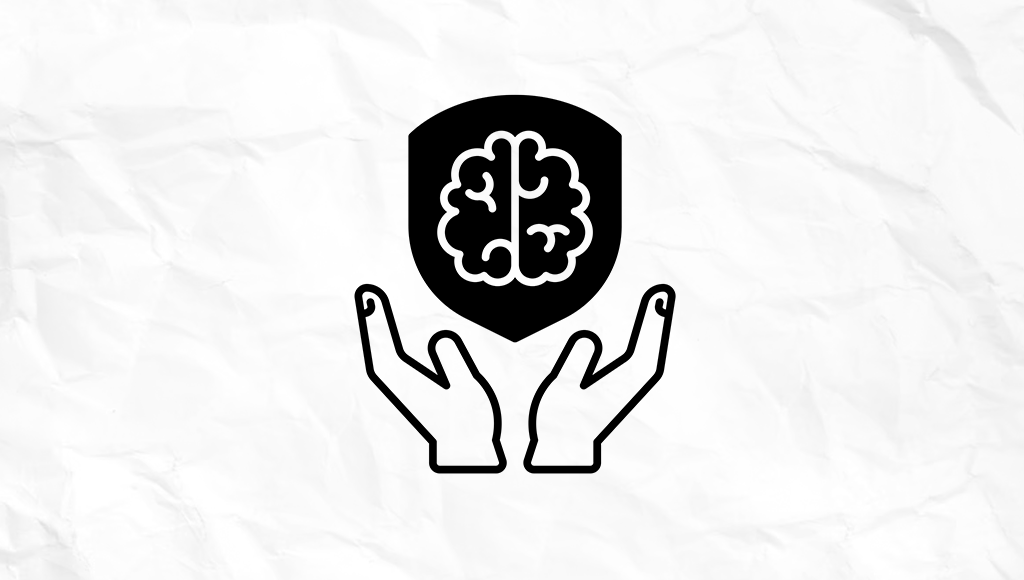
In 2018, India launched the Pradhan Mantri Jan Arogya Yojna (PMJAY) as a push for Universal Health Coverage. PMJAY covers families listed in the Socio Economic and Caste Census (SECC) 2011 survey under specific vulnerable groups and the rural poor, who are characterised as having no proper housing, low income, and being landless labourers, among other factors. The government has progressively expanded the eligibility criteria to cover more people under the scheme. PMJAY now covers all senior citizens aged 70 years and above. The scheme offers up to ₹5 lakh per family annually for secondary and tertiary care hospitalisations, benefiting over 50 crore citizens.
PMJAY offers cashless, paperless healthcare at over 30,957 empanelled hospitals, including 13,866 private and 17,091 public facilities. Till March 2025, the scheme had paid ₹1.26 lakh crore for over 8.9 crore hospitalisations.
Is mental illness covered under PMJAY?
PMJAY includes 22 procedures for mental health conditions within its coverage of 1,967 procedures. Coverage includes hospitalisation, diagnostics, medications and follow-up care, aligning with the Mental Healthcare Act, 2017.
In August 2024, in response to a parliament question raised in the Lok Sabha, the Ministry of Health and Family Welfare revealed the utilisation of hospital services for mental health-related conditions under PMJAY. The question raised concerns about the implementation of PMJAY for mental health, highlighting issues of hospital empanelment, claim processing, and beneficiary awareness. The response outlined the government's efforts to address these challenges and expand the scheme’s reach.
The data indicate that between FY 2021–22 and FY 2023–24, 1.35 lakh hospital admissions for mental health conditions were authorised, totalling ₹ 120.2 crore, with average hospital stays dropping from 13 to 11 days. The claims for mental illness coverage more than doubled from FY 2021-22 to FY 2022-23, increasing from ₹ 23,63,76,672 to ₹ 48,35,65,318. Claims marginally declined the following year, as highlighted in the table below.
Geographical variances in mental illness claims
There were significant variances across states and union territories in spending on mental illness claims. The map highlights the variances in the amount spent and the number of claims on mental illness under PMJAY across the three years.
For deeper analysis, we have divided the states into two categories: Larger States and Smaller States and Union Territories, based on NITI Aayog’s Health Index classification.
Larger states
Across all Larger States, the total claim amount for mental illness hospitalisation rose from ₹23.4 crore in FY 2021-22 to ₹47.3 crore in FY 2022-23, dipping slightly to ₹46.1 crore in FY 2023-24. The number of claims similarly more than doubled from 24,917 in FY 2021-22 to 53,869 in FY 2022-23, marginally increasing in the following years. The charts below provide a detailed breakdown across the Larger States.
Karnataka emerges as a leading state in mental health claim utilisation, though its share declined from 39% to 33% over this time period. In FY 2023-24, Karnataka, Andhra Pradesh and Rajasthan cumulatively had the largest shares of PMJAY spending at 60%, with both Andhra Pradesh and Rajasthan seeing growth from the previous year by 58% and 21%, respectively.
The median amount per claim in FY 2023-24 was INR 10,883. Jharkhand reported the highest average amount per claim at INR 43,202, while Rajasthan was an exception in terms of a very low average amount per claim, due to the highest number of claims (24,466) among all of the Larger States.
Smaller States and Union Territories
For Smaller States and Union Territories, the claim amount saw a dramatic increase over the three years, tripling from ₹25 lakh to ₹1.07 crore and then more than doubling to ₹2.2 crore. Similarly, the number of claims rose significantly, increasing over threefold from 142 in FY 2021–22 to 472, and then nearly doubling to 866 in the following year. Detailed figures for each state and UT are presented in the charts below.
Meghalaya dominated the Smaller States in FY 2021-22 with a 40% share of total claims, while Tripura dominated the category in FY 2022-23 with a 38% share and FY 2023-24 with a 56% share of total claims. Sikkim’s high per-claim amount at ₹6.48 lakh is an outlier.
General observations and comments
States like Andhra Pradesh, Rajasthan, and Chandigarh exhibited sustained growth, while Bihar, Uttarakhand, and Dadra and Nagar Haveli have seen decline over the three years.
Sikkim’s high average claim per person in FY 2023-24 and Puducherry’s massive spike in FY 2022-23 are anomalies that require further investigation. Average amount per claim varied widely across states and years, with states like Sikkim (Smaller States) and Jharkhand (Larger States) showing exceptionally high values in FY 2023-24, while others like Rajasthan (Larger States) remained low. The overall increase in claims was likely due to an increase in the number of empanelled hospitals, which grew from 23,000 in 2021 to 30,259 (17,063 public and 13,196 private) in 2024, thereby providing increased access to patients and raising awareness about the scheme.
Additionally, in 2022, the Health Benefit Package (HBP) underwent an upgrade to include daycare packages for mental health services, such as psychometric evaluations, investigations, counselling, and pharmacological and non-pharmacological treatments.
Although these are encouraging signs, considering the total PMJAY budget and reimbursements (see table below), the mental health component is less than 1% of the funds released.
The Larger States have higher utilisation compared to the Smaller States. Possible reasons include poor supply-side factors, such as a low number of empanelled hospitals, an inefficient beneficiary identification system, and weak health governance, particularly in states with greater poverty and disease burdens. Additionally, portability means that patients from less resource-rich states travel to states with higher resources for treatment.
Conclusion
The integration of mental health services into PMJAY is a good step, and the steady rise in claims, particularly after the expansion of the Health Benefit Package in 2022, reflects improved awareness and access. However, the mental health component still constitutes less than 1% of total PMJAY expenditure, highlighting the urgent need for further prioritisation. The disparities in utilisation across states and UTs underscore persistent supply-side challenges, particularly in smaller and economically weaker regions. Strengthening mental health infrastructure, improving beneficiary identification, and ensuring equitable access across geographies are essential to bridge these gaps.
Several Indian states run their own public health insurance programmes that predate or complement PMJAY – such as Aarogyasari in Andhra Pradesh and Telangana, Mukhymantri Amrutum in Gujarat, Karunya Arogya Suraksha Padhathi in Kerala, Mahatma Jyotiba Phule Jan Arogya Yojana in Maharashtra, Biju Swasthya Kalyan Yojana in Odisha and Deen Dayal Swasthya Seva Yojana in Goa. Over time, most of these schemes are integrated with PMJAY or are in the process of being integrated, enabling a wider beneficiary base and easier claim management processes. With state and central schemes now functioning in tandem, claim volumes for mental health conditions are likely to rise further as awareness, accessibility, and service availability improve across the country.
As India moves forward, sustained investments, robust data systems, and targeted outreach will be critical to ensuring that mental health is not just included in policy but meaningfully delivered at the last mile.
Key takeaways- Under AB-PMJAY, 22 mental disorder procedures are part of the National Health Benefit Package.
- From FY 2021–22 to FY 2023–24, around 1.35 lakh hospital admissions — worth approximately ₹120 crore — were authorised for mental health procedures.

